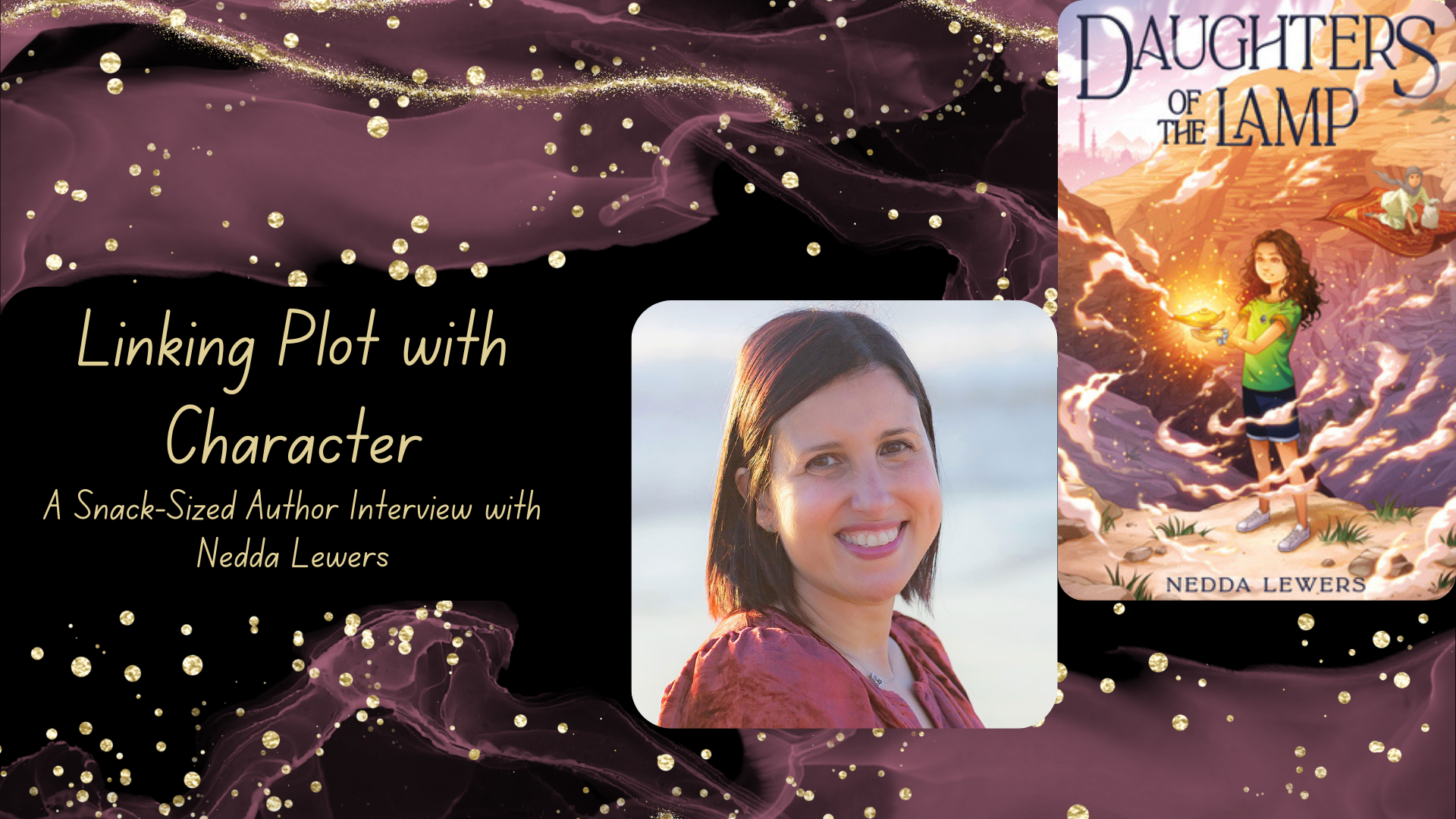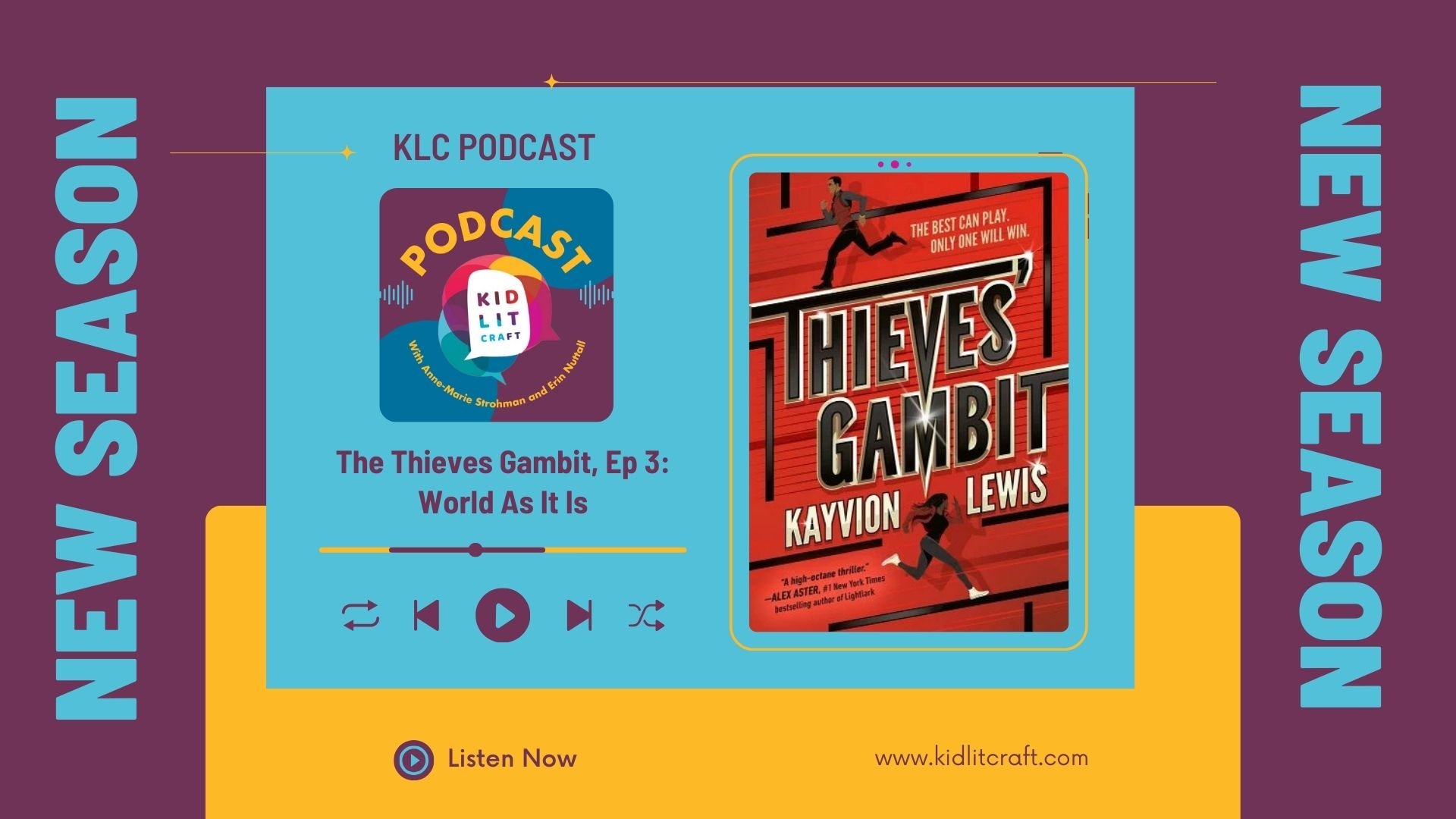Craft Articles
Join us in exploring others’ craft and building our own.
Here you will find explorations of mentor texts – articles that dive into specific craft elements in published books, interviews with authors, and tips on growing and improving as a writer.
Disclaimer: Some posts include bookshop.org affiliate links. Use the links to support KidLit Craft and local bookstores, at no additional cost to you.
Browse the Blog

Danielle Dufayet: Write More than One Story
“Don't get hung up on one story. I didn't start writing new stories for a long while in my writing journey. I was emotionally attached to one particular story which held my progress back. You have to know when to let go of a story and start a new one. It's important to keep writing new ideas.”

Kerry Aradhya: Listen to Your Intuition
“Sometimes a critique partner or editor suggests a change to wording that definitely improves the manuscript. Other times, they might suggest a change that doesn't feel right to me. I listen to my intuition and choose the words that have a rhythm and read-aloud quality that resonates with me the most.”

Gwen Lee: Stories are Life-Changing
“Stories are life-changing. If my books even make a difference in one person's life, then it would make all the hard work worthwhile.”

Nedda Lewers: Linking Plot with Character
When it comes to leaving readers guessing, try to find the sweet spot between revealing too much (they know how it will end) and not enough (they have no idea what is going on). Your readers should feel curious but not confused. Critique partners and beta readers can help you find this balance because, unlike you, they don’t know how the story will end.

Rebecca Weber: Writing Conflict, Chapter by Chapter
“I pay a lot of attention to conflict or stakes for driving the plot. Obviously, every book has an overarching conflict, but each chapter should have its own smaller conflict, too. Creating tinier tense moments throughout the book keeps the reader turning the pages.”

Kate O'Shaughnessy: Patience with the Process
“I’m always trying to tell myself to do less and trust the reader more. Trust that the actions of your characters will speak for themselves. Have them do kind things and you won’t have to describe them as kind. The reader will understand it, because the reader is smart. And it’s always much more exciting to figure something out than to be told it.”

Deborah Underwood: Writing Dynamic Dialogue
“You can communicate so much using dialogue alone. Try telling your story in dialogue only and seeing what happens. Even if that doesn’t work for the final version, it might help you to find a character’s voice or learn something new about them.”

Christine Evans: Kicking Your Story Forward
“There's no rush. Take your time to make your work the best it can be before sending it out.”

Misa Sugiura: Taking It One Scene at a Time
“It is very easy to feel like what you've accomplished isn't enough. The solution (it's not easy): Enjoy the ride you're on. Let go of the stuff that's out of your control (other author's experiences, marketing budgets, awards) and control what you can, like writing your next book.”

Lea Lyon: Following Curiosity and Trying New Things
“If you're researching for a nonfiction project, search beyond library databases. Reach out to librarians and archivists. Visit locations where events from the story you're researching took place, and visit archives and libraries in the area. Above all, reach out to experts in the subject matter. They are invaluable resources and are invested in the public (especially children) knowing more about their area of expertise.”

Thieves’ Gambit: Shifting Desire (KLC Podcast, S2 Ep. 4)
In the fourth episode of the podcast, Nuttall and Strohman focus on desire, specifically shifting desire. In Thieves’ Gambit, the main character, Ross, also has a Shifting Desire because her external desire changes early in the story.

Seina Wedlick: Deconstructing Story Structures
“Traditional publishing is often a slow process...There are occasionally books that get snapped up and released really quickly, but, more often than not, it’s a much longer wait . . . It’s so important for writers to plug into a community of other writers they can share this journey with and to use the ‘waiting period’ to work on something new or hone-in on their craft.”

Thieves’ Gambit: Opening ‘In Medias Res’ (KLC Podcast, S2 Ep. 3)
In the third episode of the podcast, Nuttall and Strohman discuss the opening for Thieves’ Gambit, which manages to do double duty by not only showing readers “the world as it is,” but also by dropping readers straight “in medias res,” or in the middle of things.

Ana Ot: Embrace Patience
“I advise everyone to take their time with imagery. Don’t rush it. Let it unfold by crafting each phrase with care until the scene breathes life on the page. Thoughtful imagery has the power to transform a reader’s experience and leave a story lingering long after the book has been closed.”

Tim McCanna: Embrace Brainstorming
“Brainstorming a solid idea for a book is as much a part of the creative process as actually writing the book. Sometimes you’re struck by lightning and that can be exciting. But often it’s about putting on your thinking cap and solving the riddle of ‘What should I write next?’”

Thieves’ Gambit: It’s All About Theme (KLC Podcast, S2 Ep. 2)
Kristi Wright shares highlights from the latest season of the KidLit Craft podcast and its focus on theme in Thieves' Gambit by Kayvion Lewis.

Introducing Season 2 of the KidLit Craft Podcast: Thieves’ Gambit
This season, Erin Nuttall and Anne-Marie Strohman are diving deep into Kayvion Lewis’s YA novel Thieves’ Gambit.

TRUSTING CHILDREN WITH BIG IDEAS: Benford Draws a BLANK by Danielle Dufayet and illustrated by Katia Klein
In Benford Draws a BLANK, author Danielle Dufayet and illustrator Katia Klein tackle the concept of being blocked as an artist. This may feel like a pretty advanced theme, more suited to adults than children. But there are very few topics that children can’t be trusted with, if handled the right way.

MANAGING DIFFICULT EMOTIONS IN HEALTHY WAYS: A Q&A WITH AUTHOR DANIELLE DUFAYET
Danielle Dufayet’s picture books plant seeds in children’s minds and hearts about important topics like self-love, inner strength, patience, and letting go of perfectionism when creating art.

Breaking the 4th wall in Escargot by Dashka Slater pictures by Sydney Hanson
Dashka Slater’s text in Escargot (illustrated by Sydney Hanson) uses a number of techniques to break the fourth wall, such as posing questions to the reader and asking them to do physical actions, like turning the page or giving Escargot a kiss. All of these elements engage the reader and delight them!

